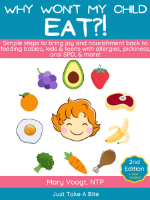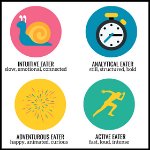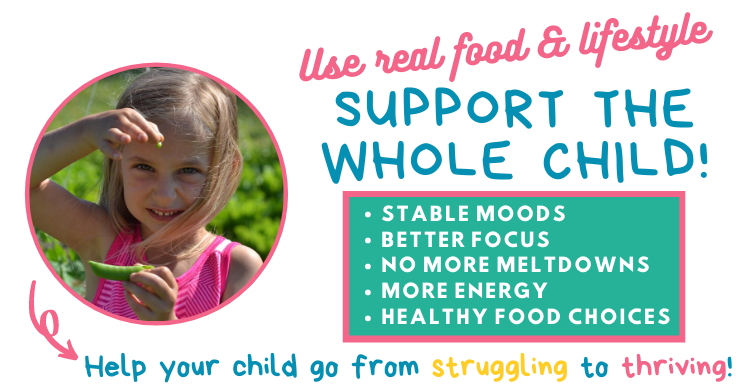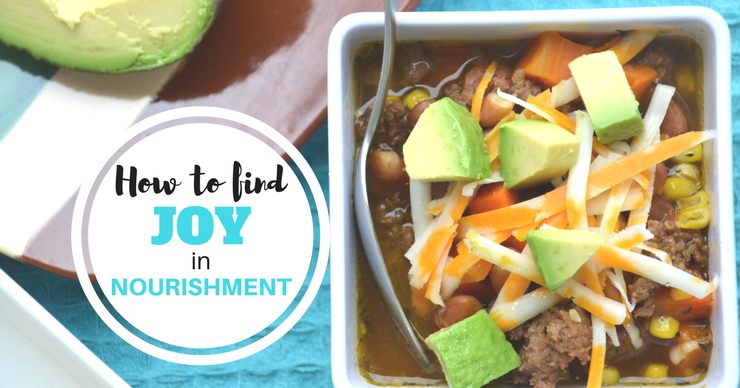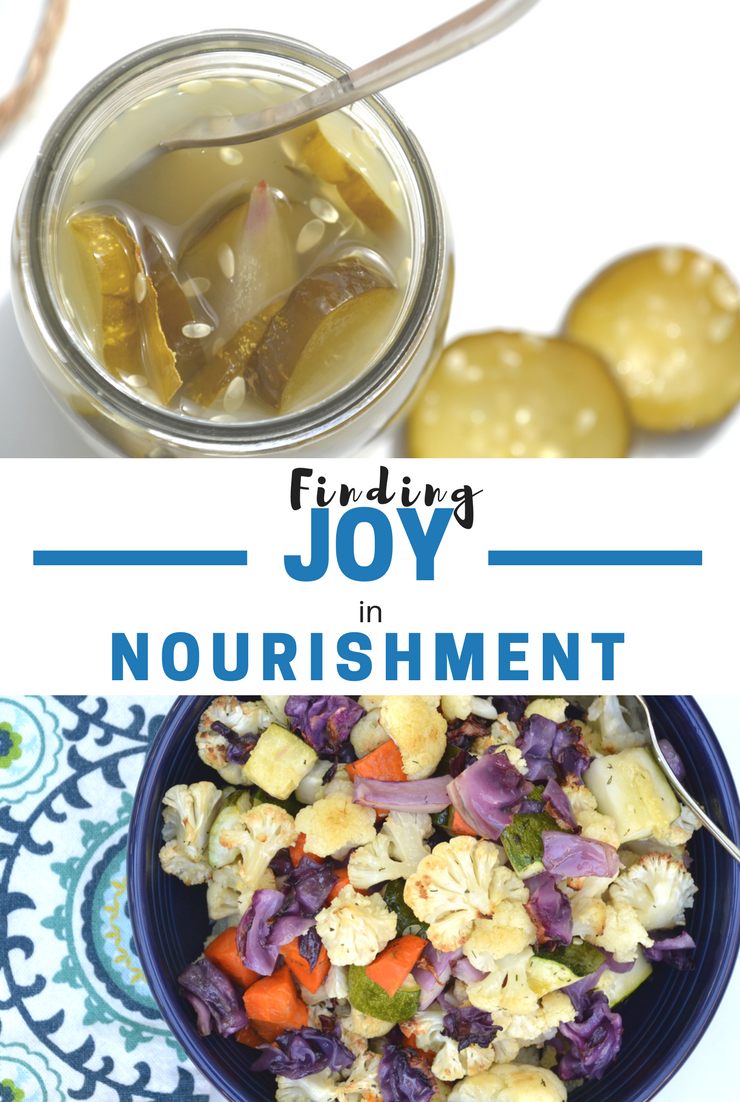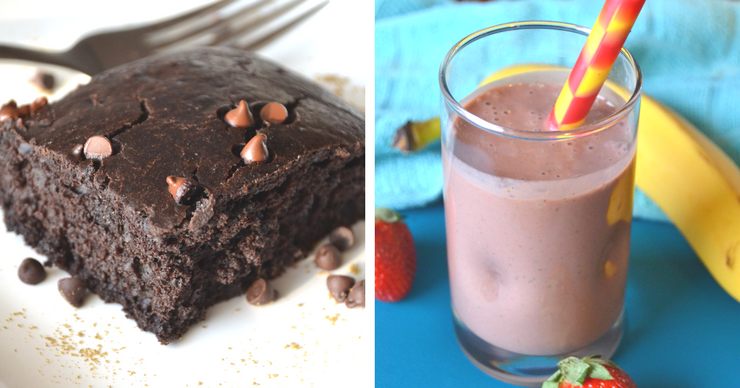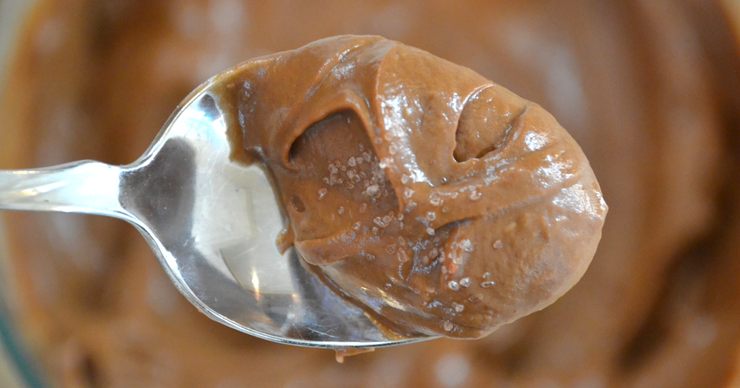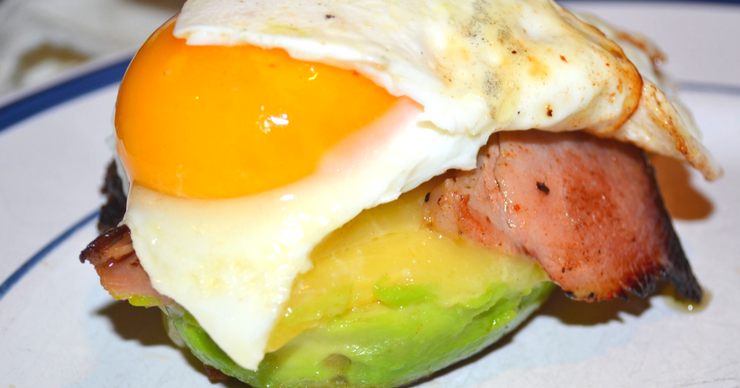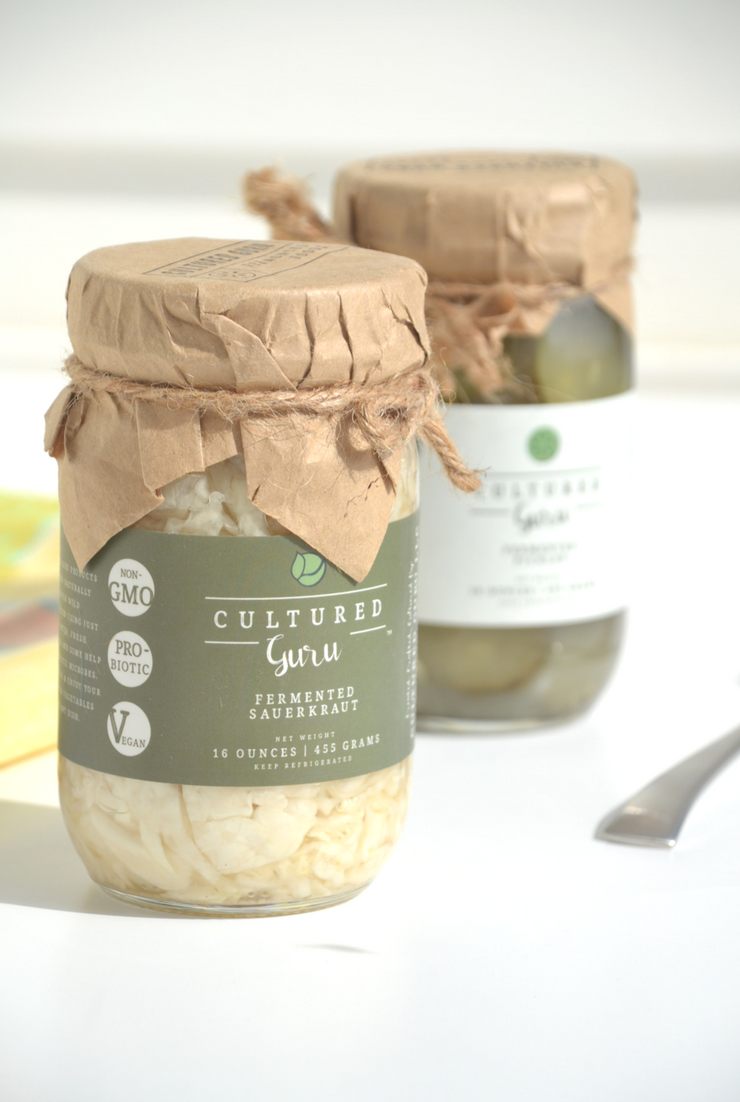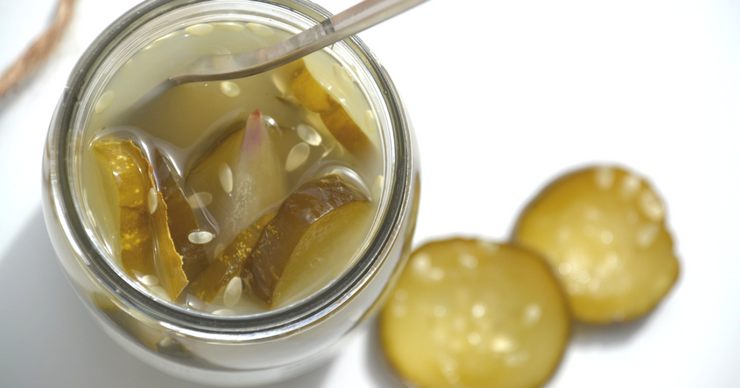Conventional medicine only looks for evidence of disease. But if you want to go deeper to truly help your child thrive and prevent disease, learn more about mineral balancing for kids.
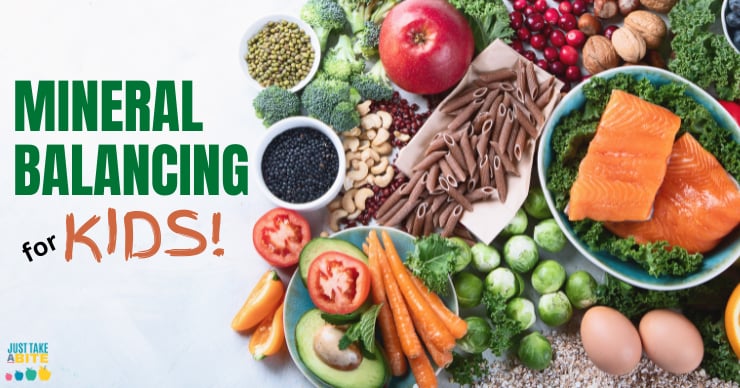
Has your child ever had a mysterious symptom or illness pop up out of nowhere? That’s exactly what happened to my oldest son in 2023.
Everything was fine. Then all of a sudden, he started getting sick every two-to-three weeks. It would start with a headache and fatigue, then progress to a fever for a few days. The first few times I assumed he had caught a little virus.
But as he continued to get sick throughout the summer while the rest of the family was fine, I knew there was something going on.
We went to the pediatrician, who ran a few tests. Nothing. Then we moved on to a pediatric infectious disease specialist. He ran a myriad of tests – checking everything from cancer to bacterial infections spread from animals (since we raise chickens and lambs).
Then we got the all too familiar words,
“Everything looks good. If you’re still having problems, talk to your pediatrician.”
In other words, he thought my son was fine because he couldn’t find any out of range blood levels or evidence of disease (the only thing that conventional medicine treats). As a Nutritional Therapist that specializes in kid’s health, I knew that was not true.
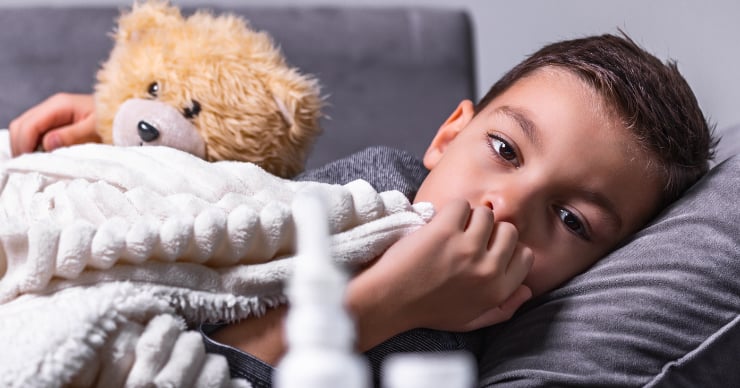
Can Kids Have Low Minerals?
How did I know? Because I know my child. And I know the power of mineral balancing for kids.
You see, a few years earlier I had run a Hair Tissue Mineral Analysis (HTMA) on my son and found that all four of his macro-minerals (calcium, magnesium, sodium, and potassium) were depleted. This is called a Four Lows state. In other words, total burnout.
But life was super busy. Even though I knew how serious it was, I didn’t do as much as I should have (funny how that works when it’s your own child versus a client).
We worked on replenishing a bit. Life went on, as it does. He seemed OK. Until he wasn’t.
So, when the doctor said there was no disease or infection (and even practically laughed in my face when I showed him my son’s hair test because clearly that was a joke), I knew exactly what to do.
I ran a new HTMA and got my son started on a mineral balancing program immediately.

The Root Cause of Illness in Kids
I knew exactly what was “wrong” with my son. It was a two-fold issue, as it is with pretty much every client I work with.
It was a combination of mineral imbalance/depletion and nervous system dysregulation.
This is the root cause of just about every symptom/condition I see in my clients.
I noticed that my son got sick every time there was a stressful event.
- Band audition…sick the next day.
- Soccer tryouts…sick the next day.
- Marching band camp…sick the next day.
- Youth group event…sick the next day.
You get the idea.
How Stress Affects Minerals in Kids
But why? What’s the connection between minerals and stress?
There is actually a really big connection.
Stress, or any triggering of the nervous system, utilizes a lot of cellular energy. It also uses some of the most significant minerals in the body, such as magnesium, zinc, and potassium.
So, if a child’s nervous system is dysregulated, he or she will be using a lot of cellular energy. This depletes key minerals and creates an imbalance. This, in turn, causes physical symptoms, including full blown illness such as fevers.
The same can happen with physcial stressors such as lack of sleep, high or low blood sugar, excessive exercise, and spinal misalignment.

What Does Mineral Imbalance Look Like in Kids?
But a mineral imbalance in kids is not limited to acute illness. It can contribute many to symptoms, conditions, and disorders such as:
- ADHD
- Brain fog
- Mood swings
- Anger
- Anxiety
- Depression
- Fatigue
- Dandruff
- Eczema
- Asthma
- Constipation
- Food sensitivities
- Picky eating
- Acne
- Gluten intolerance
- Histamine intolerance
The list could go on. This is why it’s so critical to use mineral balancing to support growing kids!
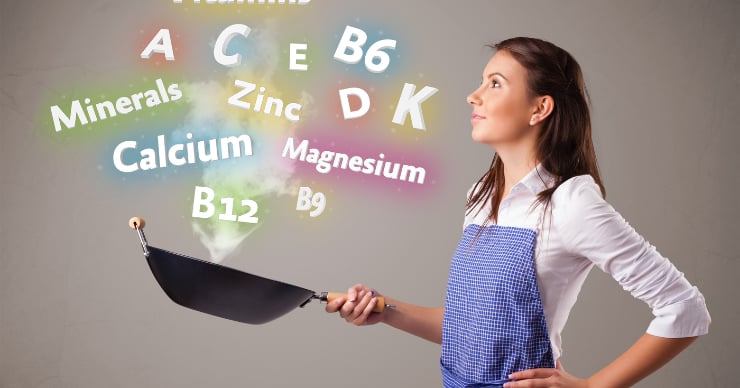
Why Do Kids Need Minerals?
Now, you may be wondering why kids would have low or imbalanced minerals to begin with. You’d expect it in a stressed out forty-year-old mom. But kids should be strong, healthy, and well-nourished, right?
Unfortunately, we live in a world with a lot of lifeless food (meaning, void of many vitamins and minerals). This includes the typical “kid food” that is overly processed and heavily marketed towards both parents and children for convenience.
Also, children are born to depleted mothers. If Mom doesn’t have mineral reserves, there is not much passed on to the child. So, kids are depleted from day one.
There are also more toxins in the environment than ever before. This puts a high stress load on the body and requires more energy and minerals for detoxification.
Finally, we live in a unique culture where kids spend much less time outside while also putting high levels of demand and stress on them, from activities around the clock to more and more schoolwork. This equates to low minerals, low resiliency, and a dysregulated nervous system.
Minerals are literally your body’s sparkplugs. Without them, a child will not feel his or her best.
Mineral Balancing for Kids
I know so many parents have had an experience similar to ours. You know your child is struggling. Yet, doctors are no help. They run a few tests and tell you, “Everything is fine,” when it’s clearly not.
This is why I love mineral balancing for kids! It actually helps your child! No brushing symptoms under the rug. No telling you that it’s “normal.” Instead, you get actual data and an understanding of what’s going on with your child at a cellular level. More importantly, you get a plan of action to help your child feel better.
Mineral balancing utilizes HTMA, a non-invasive test, to assess a child’s mineral and heavy metal status. Both the individual minerals and the mineral ratios give invaluable information about how the systems of the body are functioning at a cellular level.
This can show disease trends before any actual disease is present. Which makes it one of the best preventative tools available. In other words, mineral balancing helps get your child’s health back on track at a young age to prevent more serious problems in the future.
When minerals are at ideal levels and in balance with each other, the body can function optimally. This provides adequate cellular energy and also helps remove toxins and pathogens. Balanced minerals are a critical key to good health.
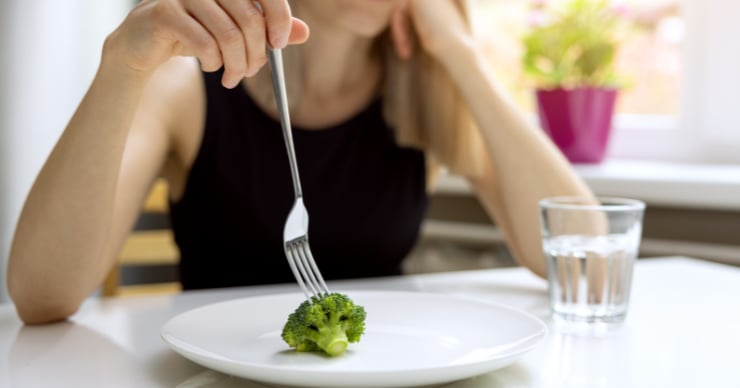
Mineral Balancing for Teens
I work with many younger children. The great thing about starting mineral balancing at a young age is that the process is much faster.
However, I also work with many teens. This is a critical age for balanced minerals as hormones are added to the mix. What is required for healthy hormone production? Minerals!
Teenagers have added factors to consider:
- Energy required for rapid growth.
- Higher stress levels that come with a heavier workload and life changes such as learning to drive, getting a job, and making decisions about life after high school.
- Hormone production and detoxification.
- Circadian rhythm changes.
The most common mineral imbalance I see when working with teens is copper, especially in girls. This can have far-reaching effects from ADHD to OCD to eating disorders to mood swings to chocolate cravings! These are just a few of the symptoms.
As an adult struggling with copper imbalance and now going through it with my own daughter, I wish I had known about this many years ago. I could have not only helped myself sooner. But I could have given my daughter a better start instead of passing on this imbalance.
Is Mineral Balancing Right for Your Family?
This post contains a small glimpse of the benefits of mineral balancing for kids. You could write an entire book on the topic (and many already exist!).
Hopefully by now you are starting to wonder if mineral balancing using HTMA is right for your family.
My honest opinion is that mineral balancing is important for all kids! Whether you are just starting your health journey or you have been on it for many years, HTMA will give you the insight and guidance you’ve been looking for.
Do Kids Need Supplements?
When most people hear about mineral balancing, they envision a mountain of supplements. But that is not the path to true health!
Mineral balancing for kids involves dietary strategies, lifestyle adjustments, targeted nutrition, and nervous system regulation. Yes, a few targeted supplements are typically included in the program based on a child’s bio-individual needs. But supplements are secondary, not the primary focus.
Instead, the focus is simple, doable steps that become habits and eventually a lifestyle. For example, going outside during sunrise to expose your eyes to the sun is a simple habit with profound benefits.
I always tell my clients that diet and lifestyle are the foundation, the lead. Supplements only play a supporting role. And generic multi-vitamins are never the solution.

Does Mineral Balancing Work for Kids?
It’s been almost a year since my son started having recurring fevers. The best the doctors could give us was a diagnosis of recurring fevers since they couldn’t find anything else. But with the help of a mineral balancing program and nervous system regulation, he has now been fever-free for about four months.
We shifted his diet to be more in line with a fast oxidizer. We also added in key minerals that his body was lacking, such as magnesium, sodium, and potassium. Digestive support was also key in helping him absorb his nutrients.
Yes, my son still gets sick sometimes as all kids do. But he is not getting sick due to a mineral imbalance and total burnout. In fact, there have been illnesses that have hit multiple family members, while my son stayed healthy!
But the benefits of mineral balancing don’t end there. He has better posture, his confidence has grown tremendously, and his energy has improved.
In addition, it’s been a while now since he has complained about digestive upset, which used to be frequent.
My son’s reflux is gone. He can think more clearly. And one of the biggest impacts has been his mood and anxiety. My son used to have angry outbursts almost daily due to anxiety. Now he is happy and even-tempered most of the time. If he does have a rough day, he recognizes it and can tell that he is more stressed and tired than usual. His own body and nervous system awareness is amazing at twelve years old.
His sleep has improved as well. When he was getting sick frequently, he struggled to sleep. This turned into a vicious cycle of anxiety about not sleeping. He’s back to his usual deep sleep.
It’s such a blessing to see my son thriving instead of fighting to get through each day. Mineral balancing was a huge part of his healing journey and will continue to be going forward.
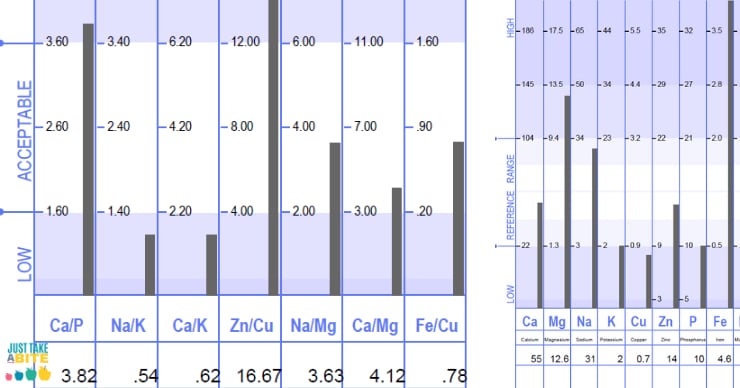
How Long Does Mineral Balancing Take?
When it comes to your child’s health, you want to see progress immediately! However, every child’s body is unique. You can’t predict in what order or how quickly any child’s body will start the healing and balancing process.
Most kids see at least some improvement within a few weeks. But deeper healing can take months to years.
This is why it’s important to have the mindset that health is a journey, not a destination. It’s an ongoing process.
The journey begins with the initial HTMA. This gives great insight into where the child’s minerals are and where to begin mineral balancing.
Depending on the degree of depletion or imbalance, it is recommended to run an HTMA retest every 4-6 months. This is when the deeper work really happens. We can see how minerals are moving, how systems of the body are shifting, and whether or not heavy metals are being eliminated.
An HTMA retest is so important because minerals and metals move! That’s the whole point of mineral balancing. The goal is to not be stagnant. So, a mineral balancing protocol needs adjustment as the body shifts. Since my son was in such a depleted state, we have been retesting his minerals every three months to keep making adjustments and to monitor progress.
How Do You Get Started with Mineral Balancing for Kids?
Now that you understand more about mineral balancing for kids, you may be wondering how to get started or what your next step should be.
I have several options to fit your needs, your time, and your budget.
First, continue to learn more about minerals and foundational health. Some posts that may be helpful include:
Second, help your kids learn more about nutrition and caring for their bodies through my course Nutritional Navigation.
Finally, get started on a mineral balancing program for kids! I offer one-on-one nutritional therapy plus HTMA. You can learn more about my programs HERE. If you are considering testing more than one child, make sure to get on the waitlist for my HTMA Family Plan HERE!
Mineral balancing for kids using Hair Tissue Mineral Analysis is one of the best modalities to help your child heal at a deeper level and truly thrive.
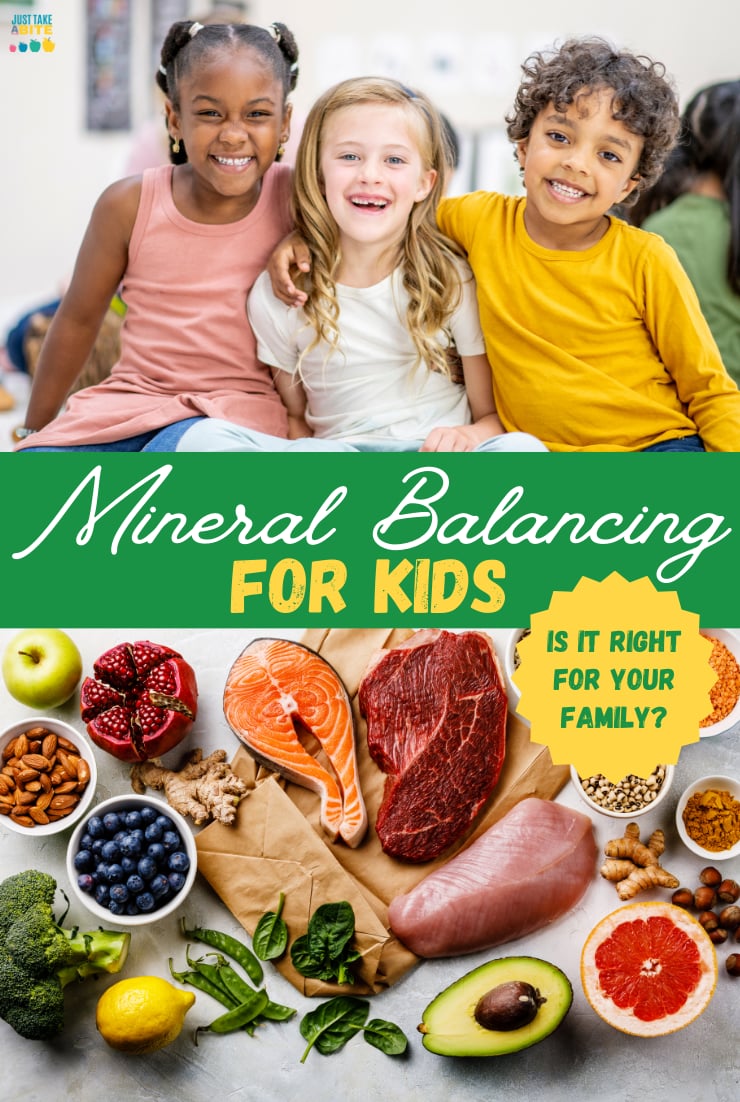



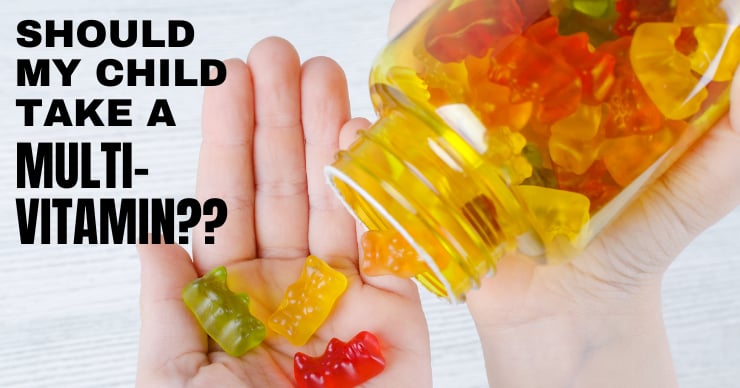
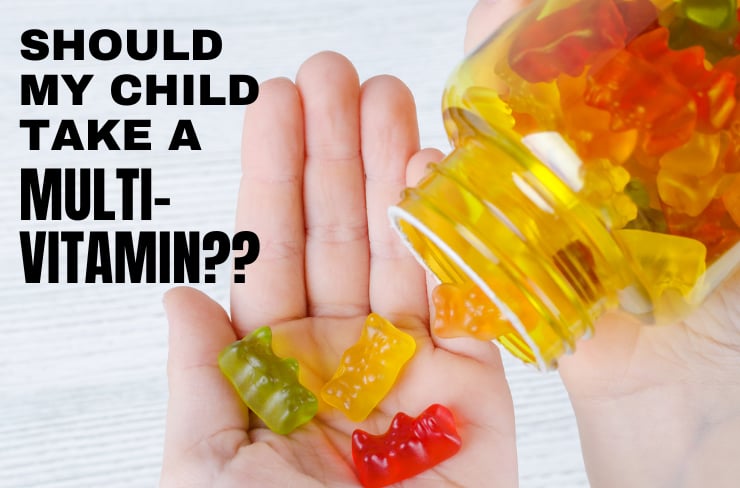
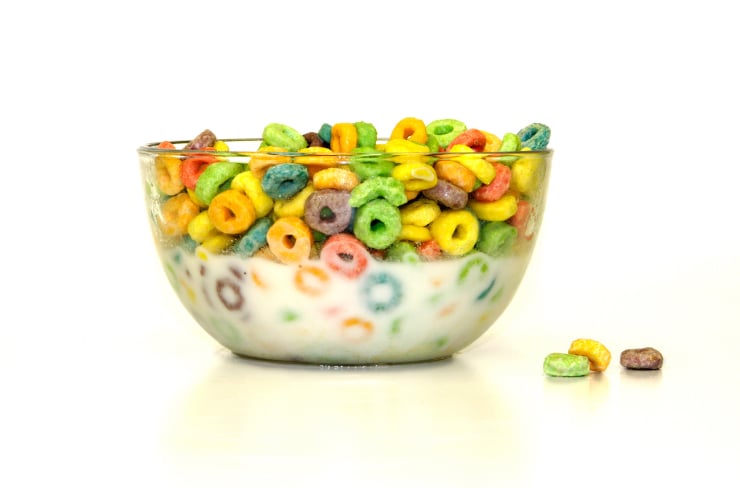
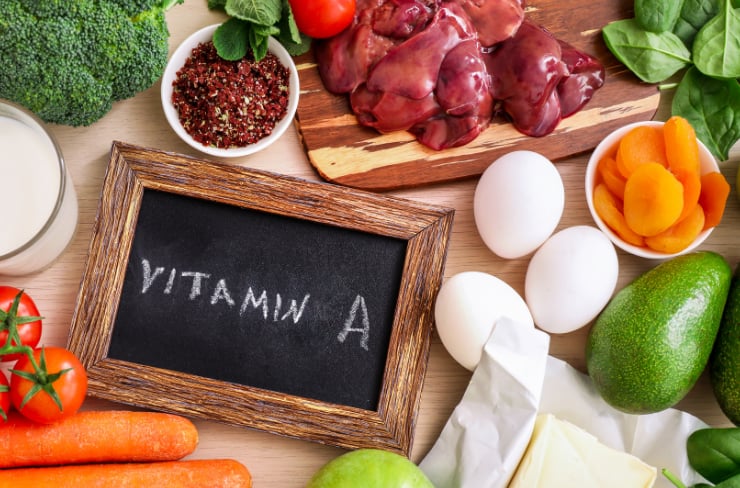
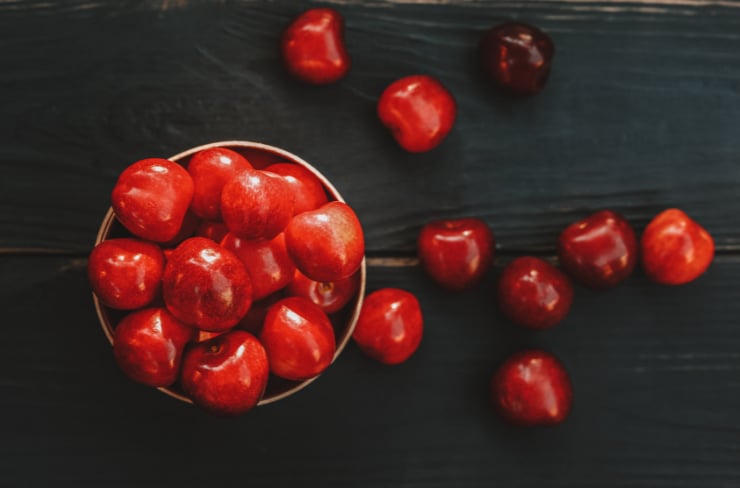


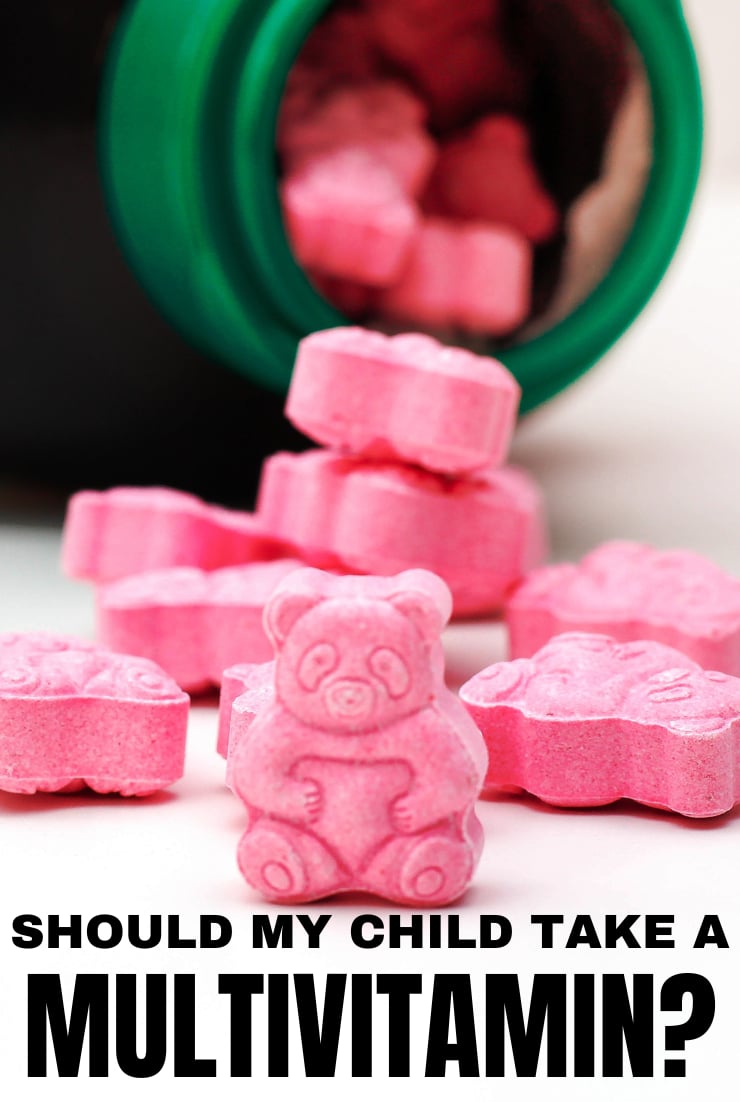
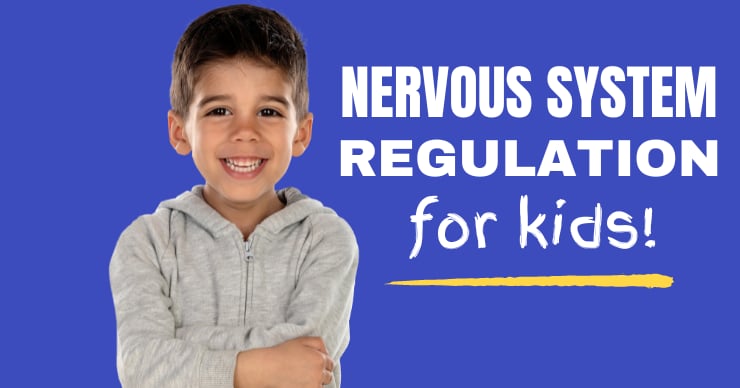
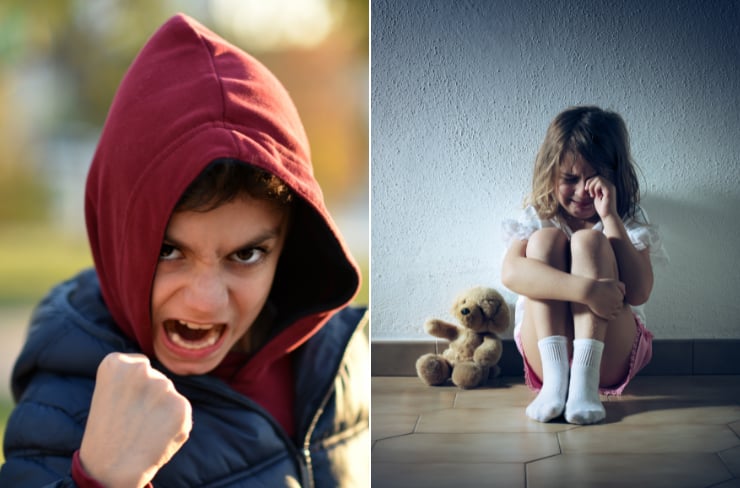

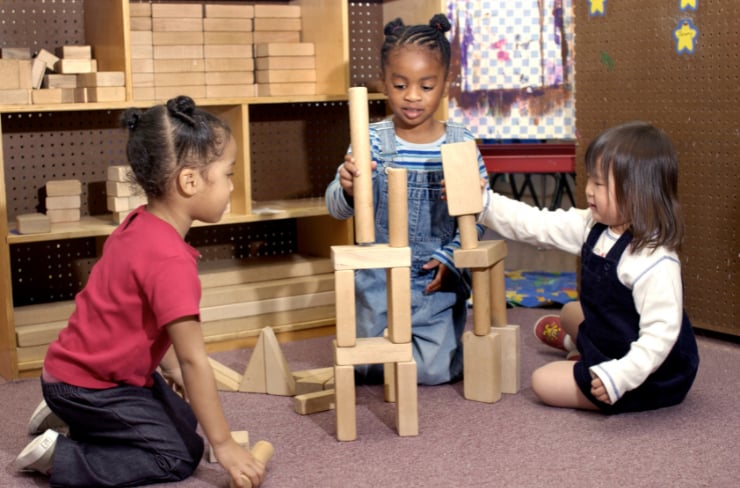
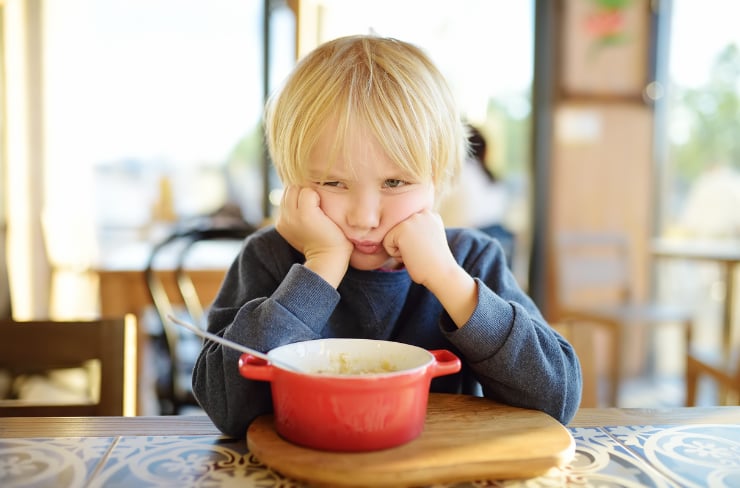
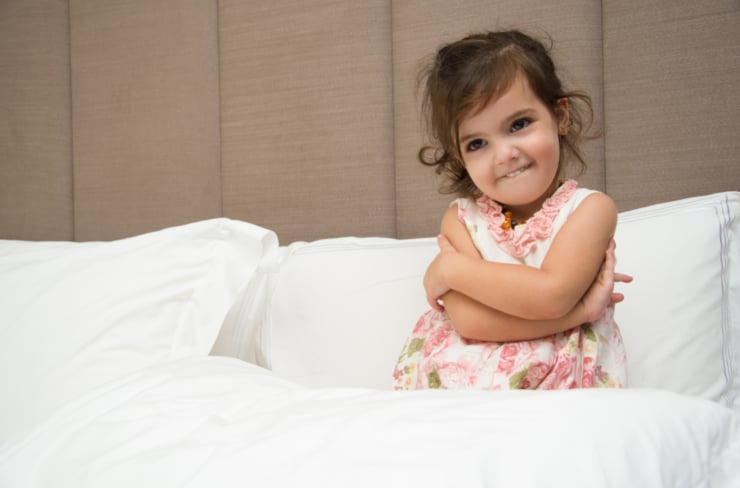

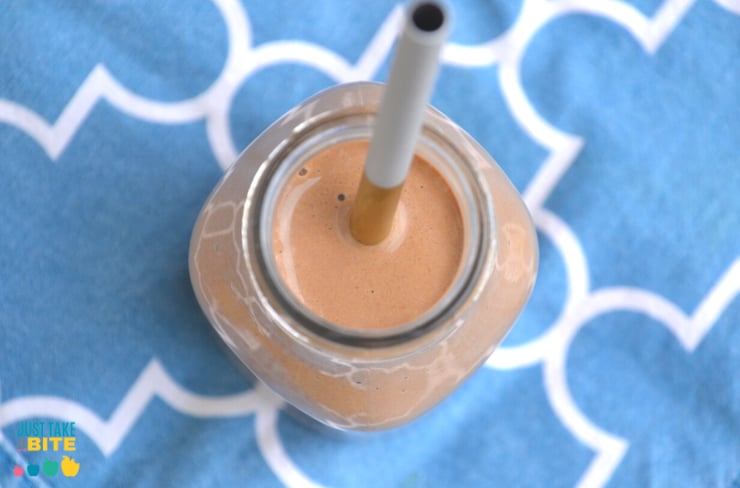
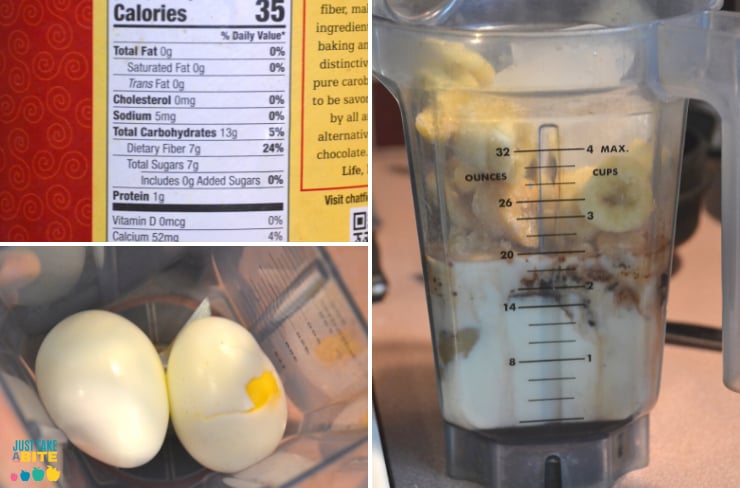
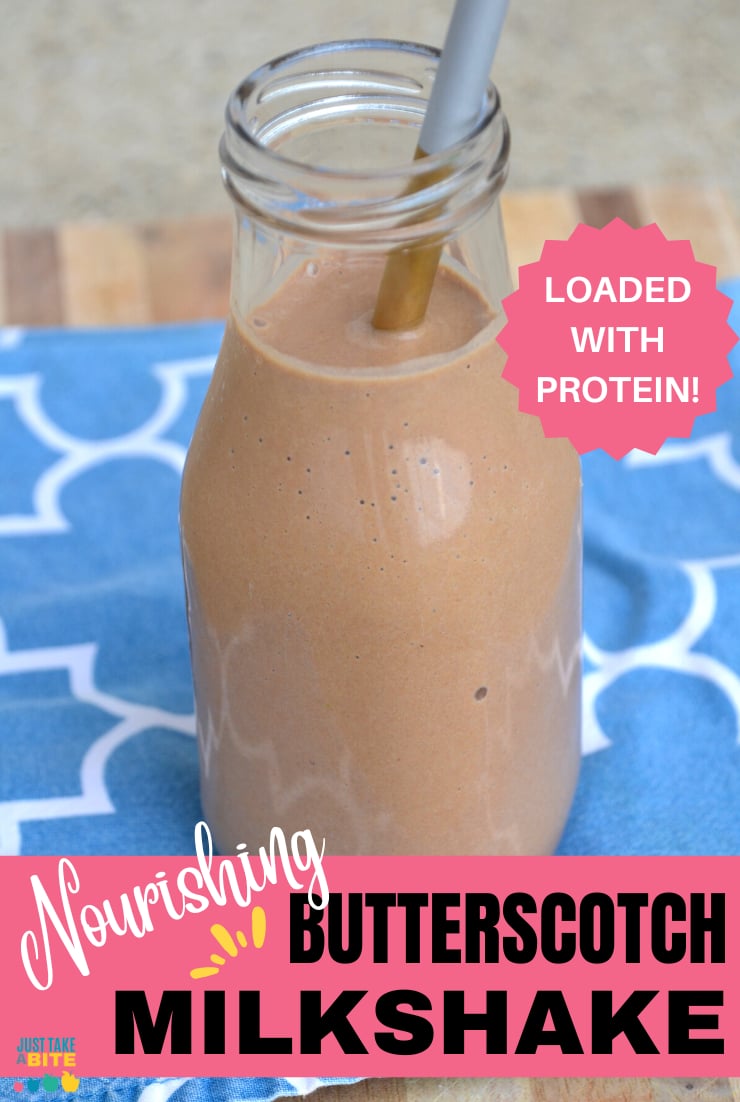
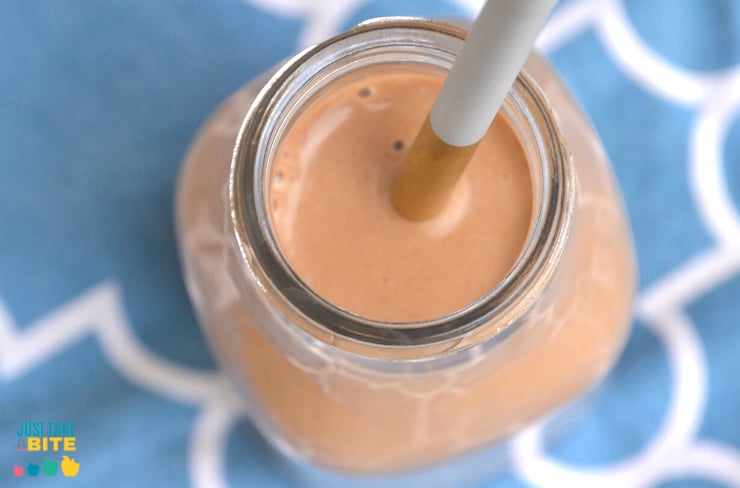

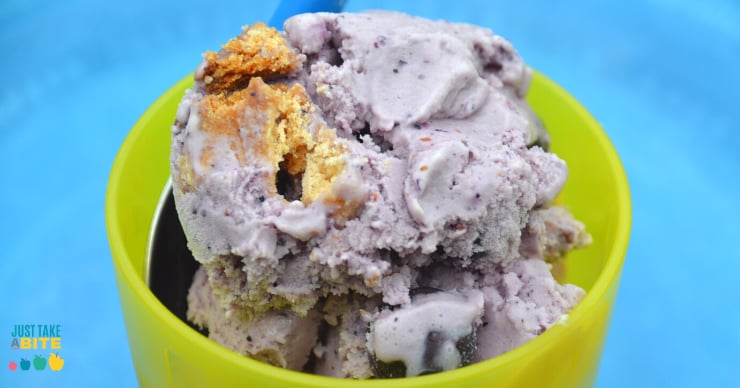
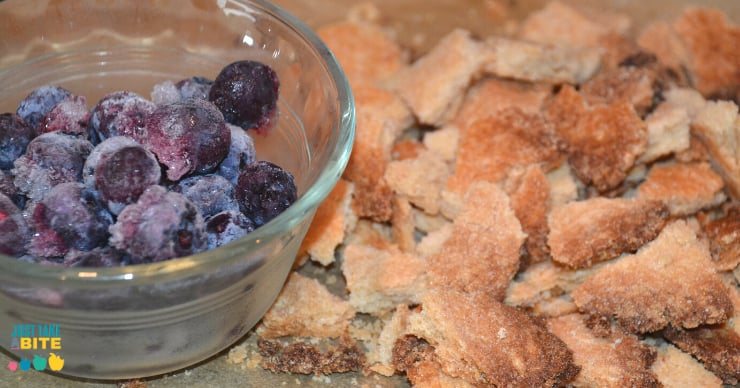
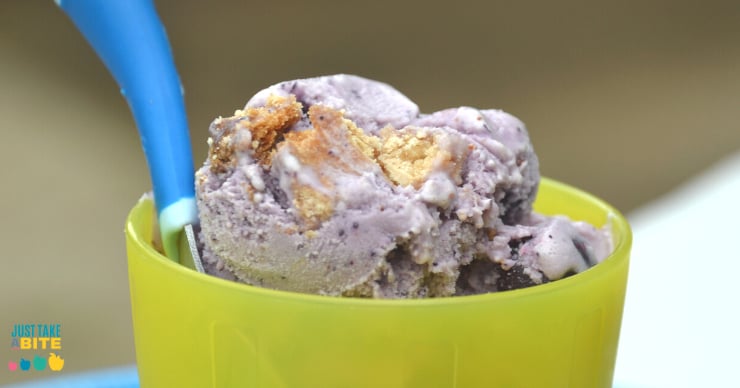
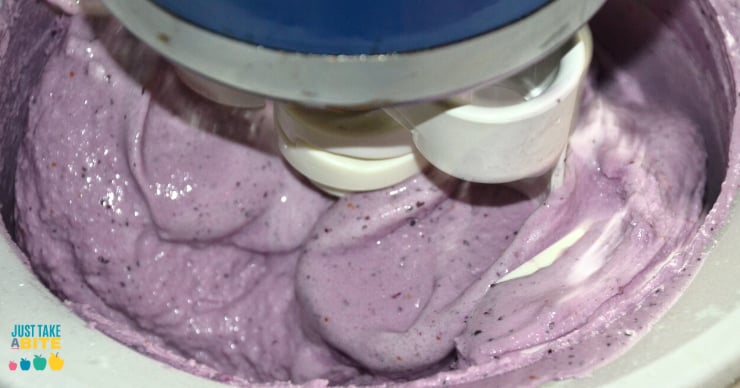

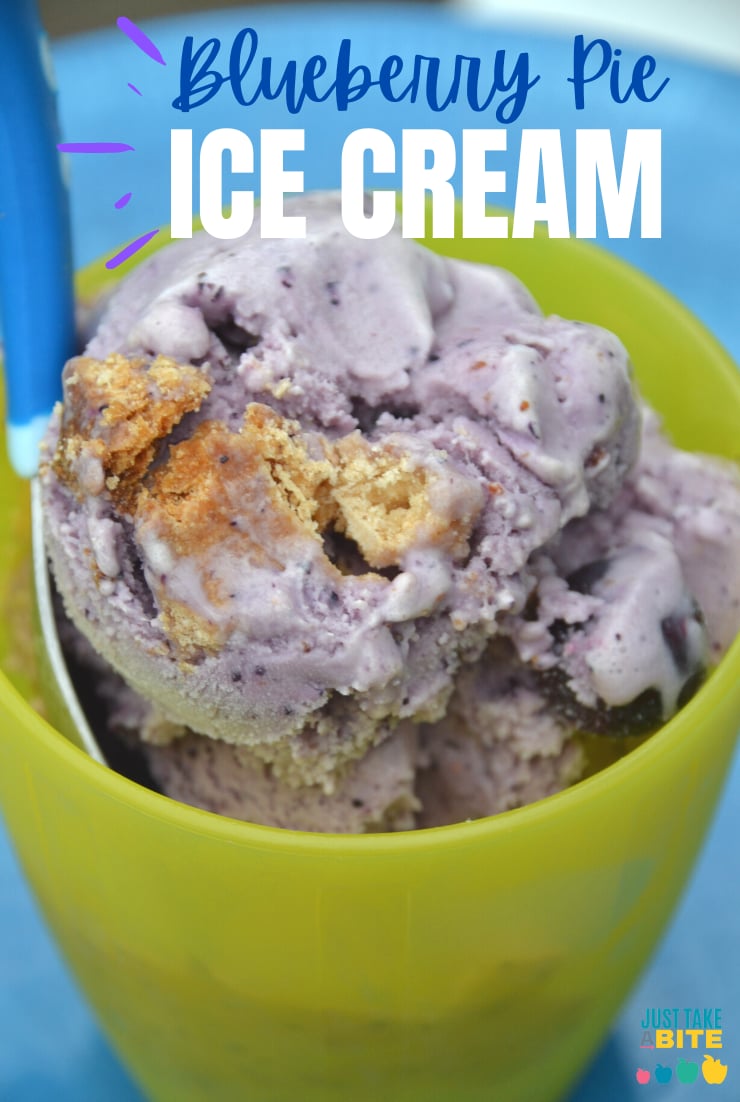
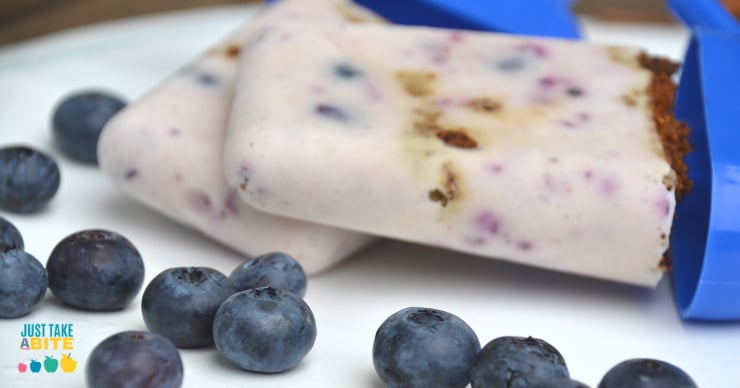
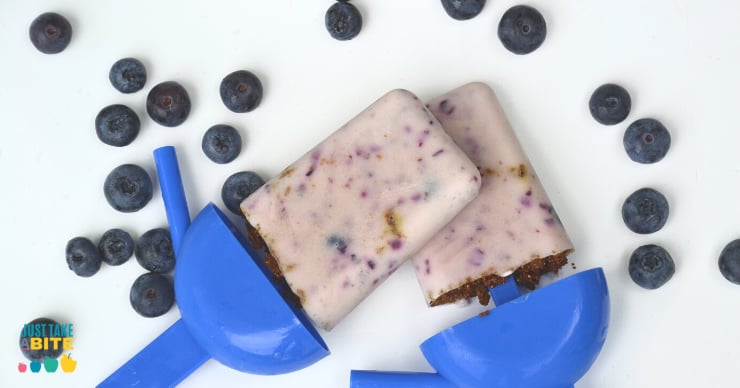
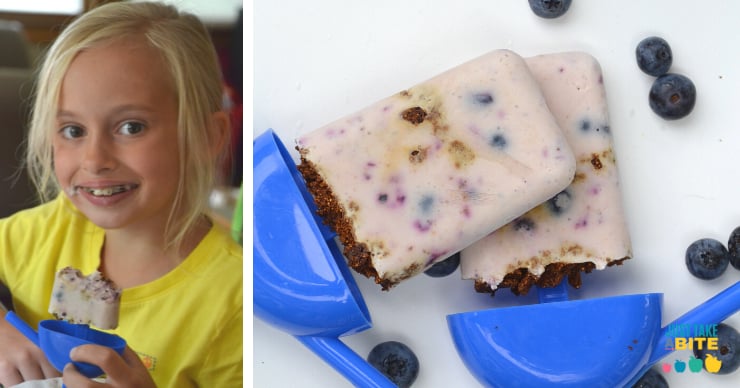
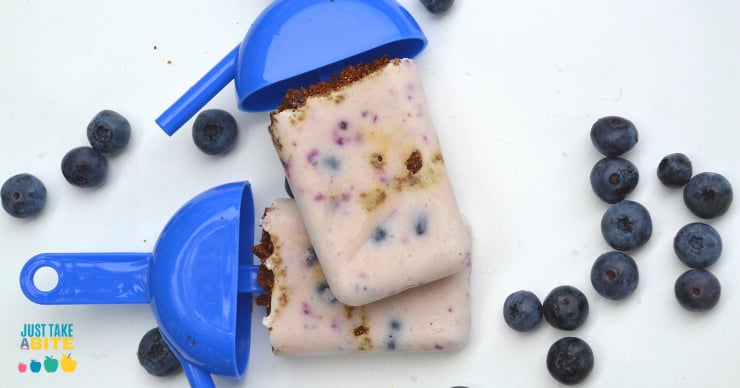
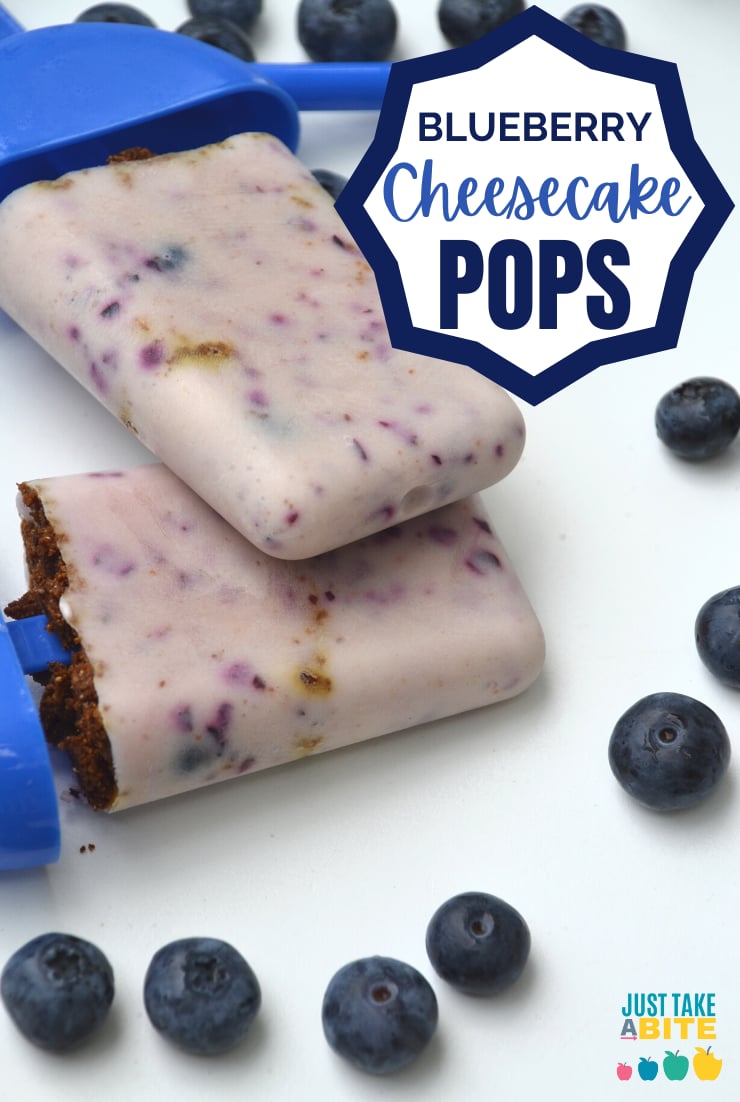



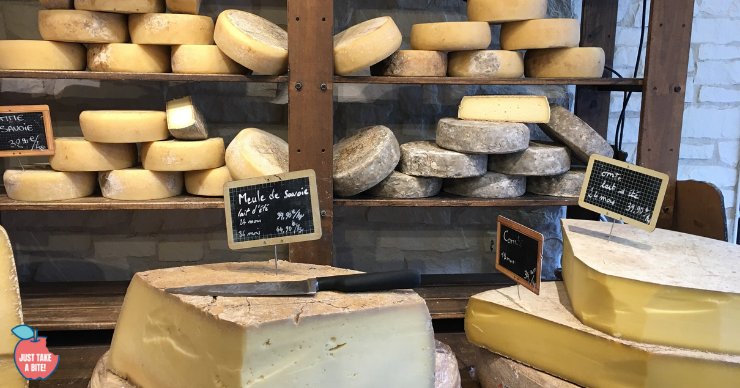








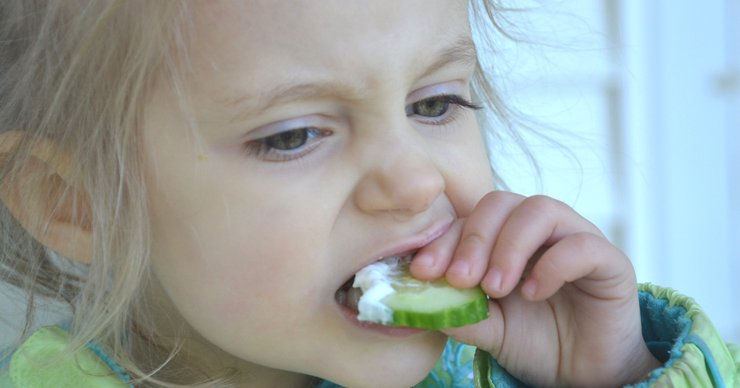

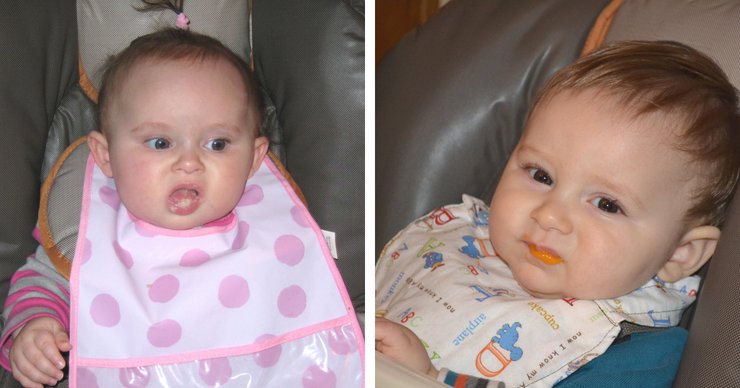
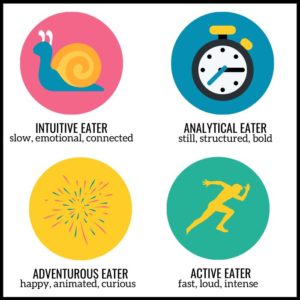
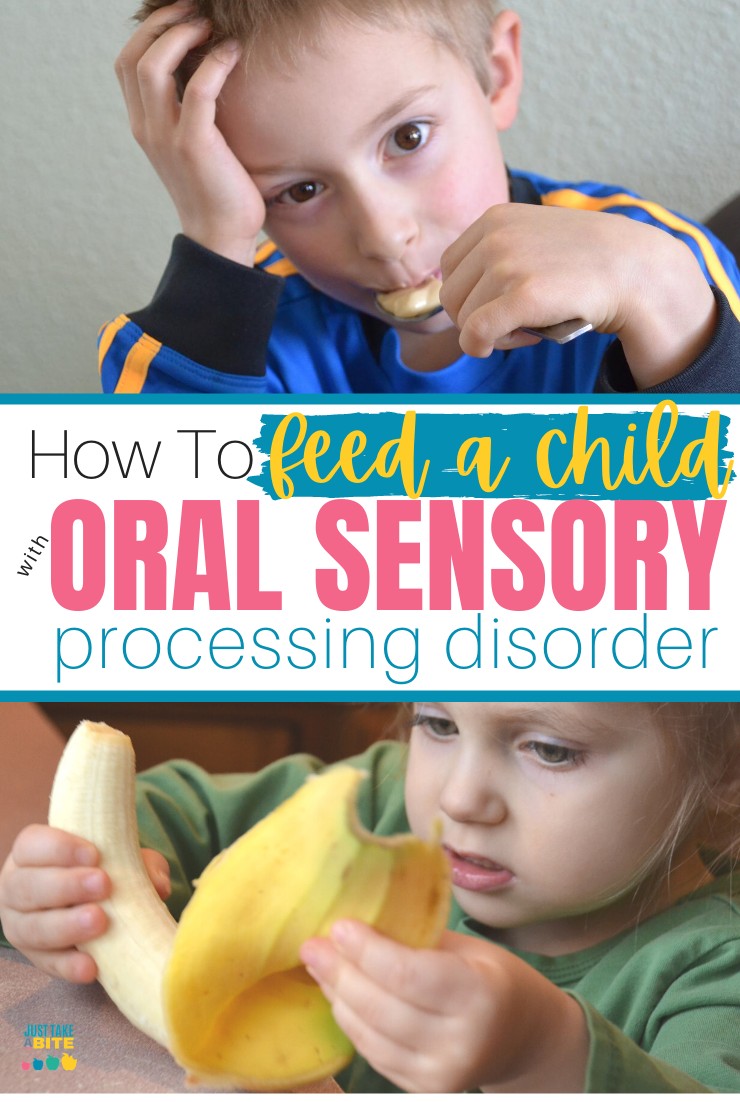
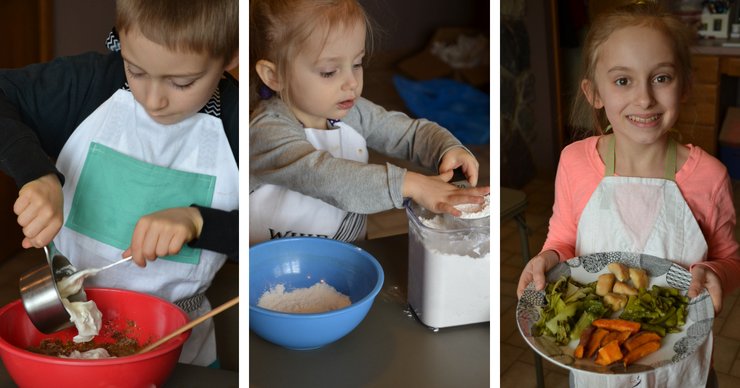
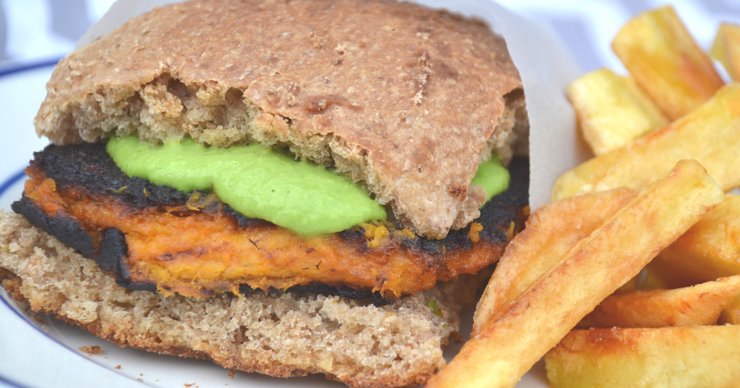
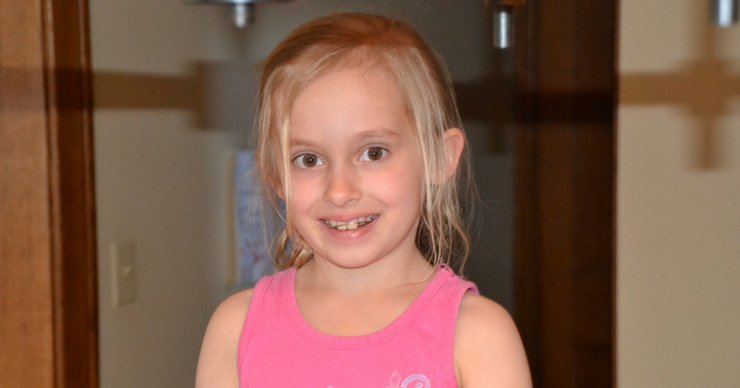 Testing and Therapy for Oral Sensory Processing Disorder
Testing and Therapy for Oral Sensory Processing Disorder